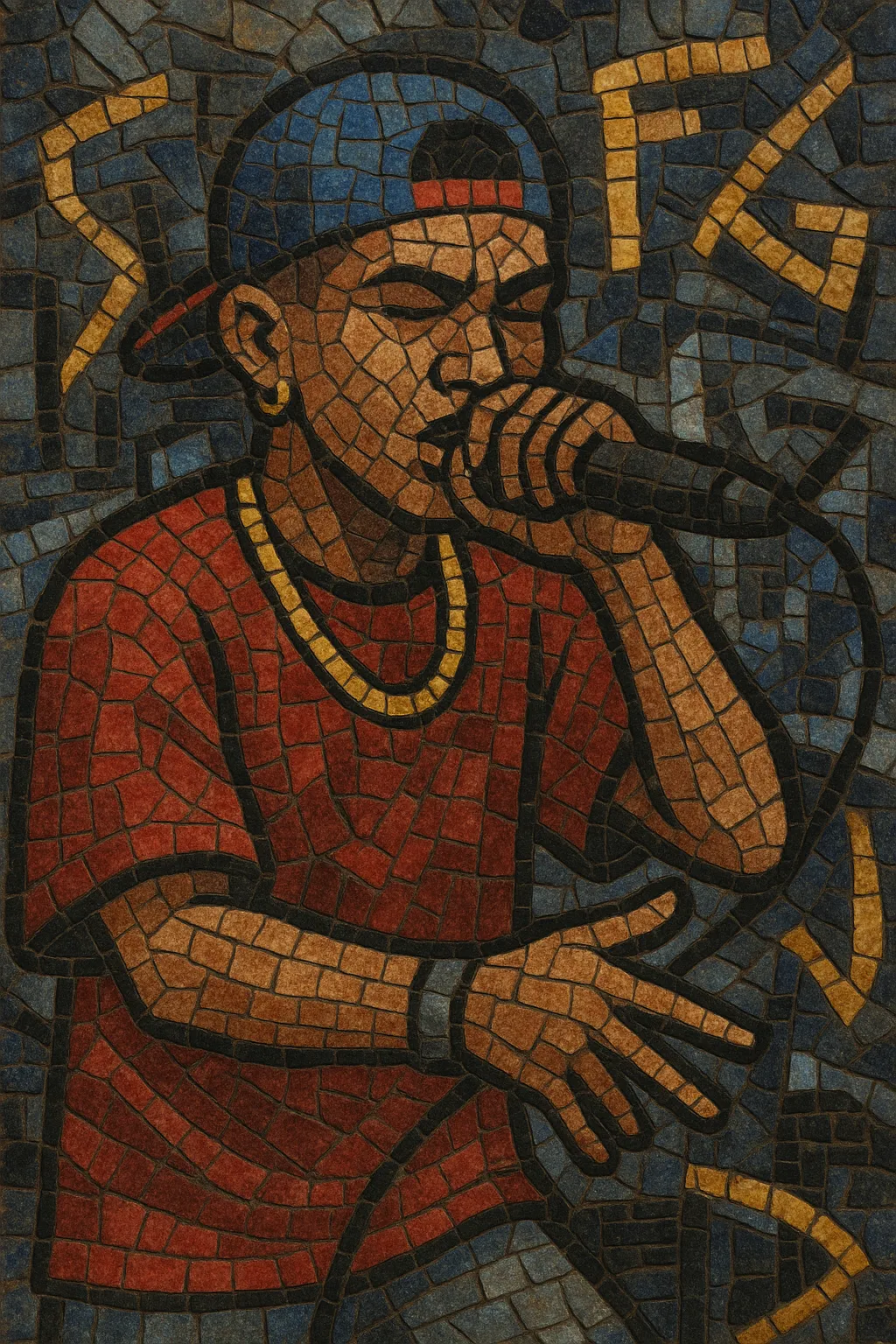
Pinoy hip hop (Filipino hip hop) is the Philippines’ take on rap culture, blending the foundations of American hip hop with local languages, melodies, and storytelling traditions. Artists frequently switch between Tagalog and English ("Taglish"), as well as other Philippine languages (e.g., Cebuano, Ilocano), creating a conversational and culturally specific lyrical voice.
Musically, the style spans classic boom-bap and G‑funk to contemporary trap and pop-rap. Producers often sample or interpolate OPM (Original Pilipino Music) ballads and love songs, mixing sentimental hooks with gritty verses. Thematically, Pinoy hip hop ranges from braggadocio and nightlife to social critique, diaspora identity, humor, and “hugot” (emotionally candid) storytelling.
The genre is rooted in Manila’s dance and DJ culture but has grown nationally and within the diaspora. Battle rap culture—particularly the FlipTop league—has been a major force, foregrounding lyricism, multisyllabic rhyme schemes, and the debate-like tradition reminiscent of Balagtasan.
Filipino breakdance crews, DJs, and early adopters of rap culture set the stage for Pinoy hip hop in the 1980s. As imported records and MTV spread rap’s influence, local MCs began writing verses in Tagalog and English. Street dance, radio mix shows, and parties in Metro Manila helped define the scene’s earliest aesthetics.
The 1990s marked the mainstream breakthrough. Francis Magalona (Francis M) fused hip hop with strong national identity and social commentary, becoming an iconic figure. Andrew E. popularized humorous, streetwise Tagalog rap and later amplified the scene by founding Dongalo Wreckords. Crews like Mastaplann, Death Threat, Legit Misfitz, and others expanded stylistic range—from G‑funk-leaning production to harder street narratives—while OPM choruses and ballad samples linked rap to Philippine pop culture.
Through the 2000s, artists such as Gloc‑9 pushed technical lyricism and socially conscious narratives to the forefront, while mainstream hits (e.g., Salbakuta’s pop-rap) kept the genre radio-friendly. Collaboration with pop and R&B singers became common, foregrounding melodic hooks and polished production.
The FlipTop battle league (launched in 2010) became a cultural phenomenon, elevating MCs like Loonie, Abra, Smugglaz, and more. YouTube and social media democratized discovery, while the global trap sound reshaped beats and flows. Crews such as Ex Battalion, and solo artists like Shanti Dope and Al James, scored viral hits that blended trap drums, R&B-inflected hooks, and Taglish wordplay.
Pinoy hip hop continues to diversify—adopting drill and trap-soul textures, exploring regional languages, and collaborating across pop, R&B, and EDM. Streaming, TikTok, and diaspora networks have boosted international reach, while the balance between socially aware lyricism, party anthems, and heartfelt “hugot” storytelling remains a defining trait.

